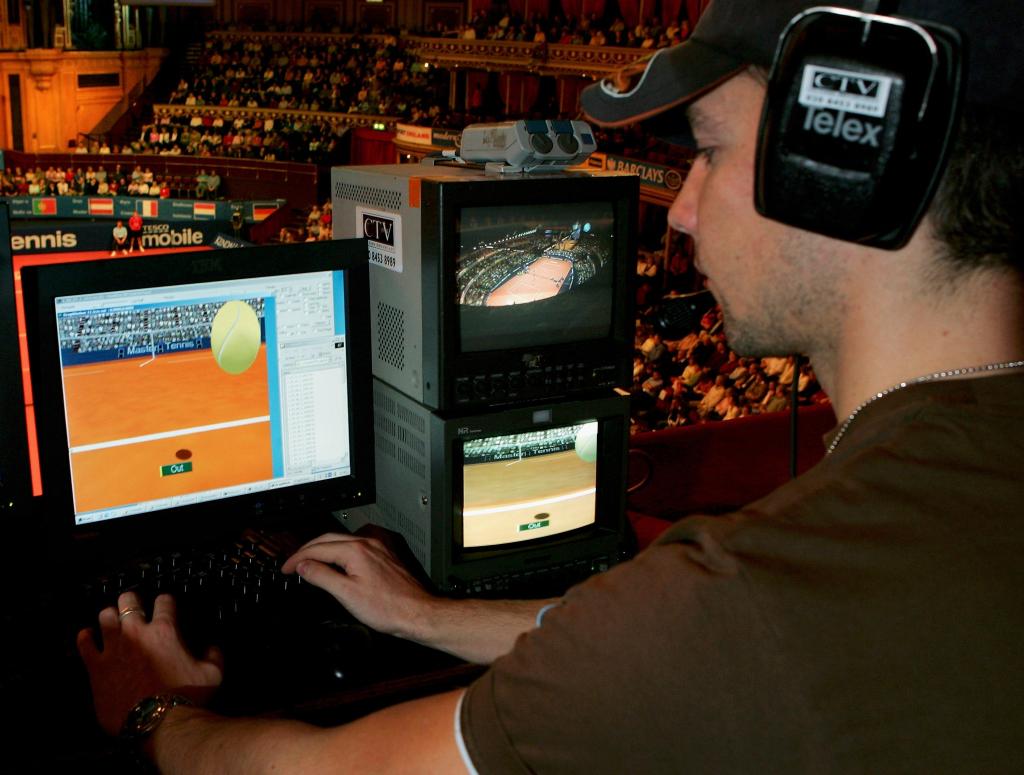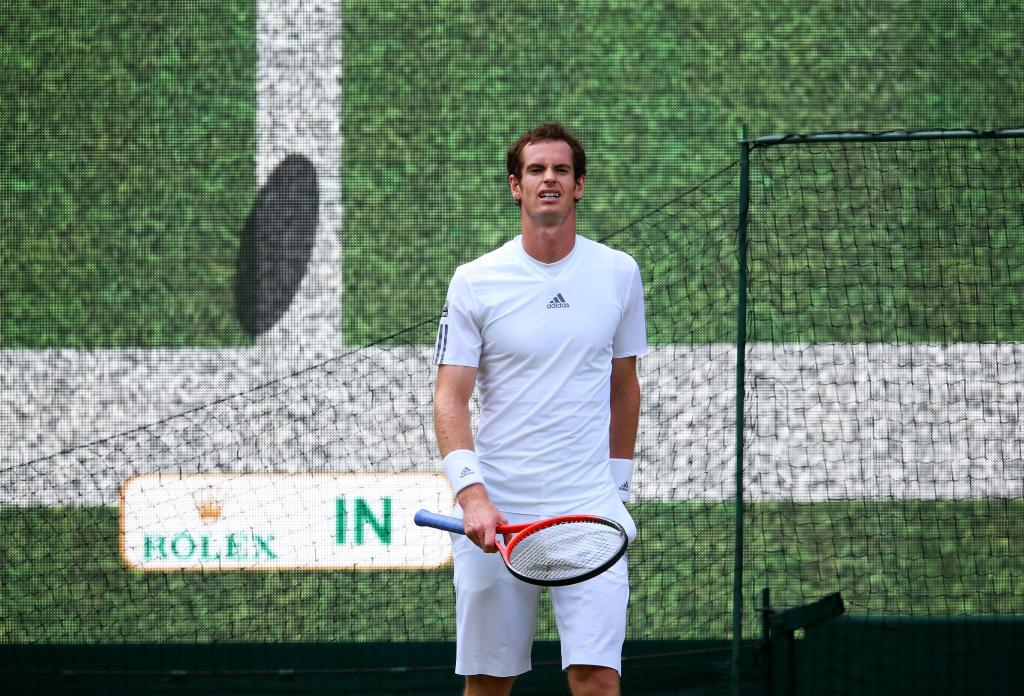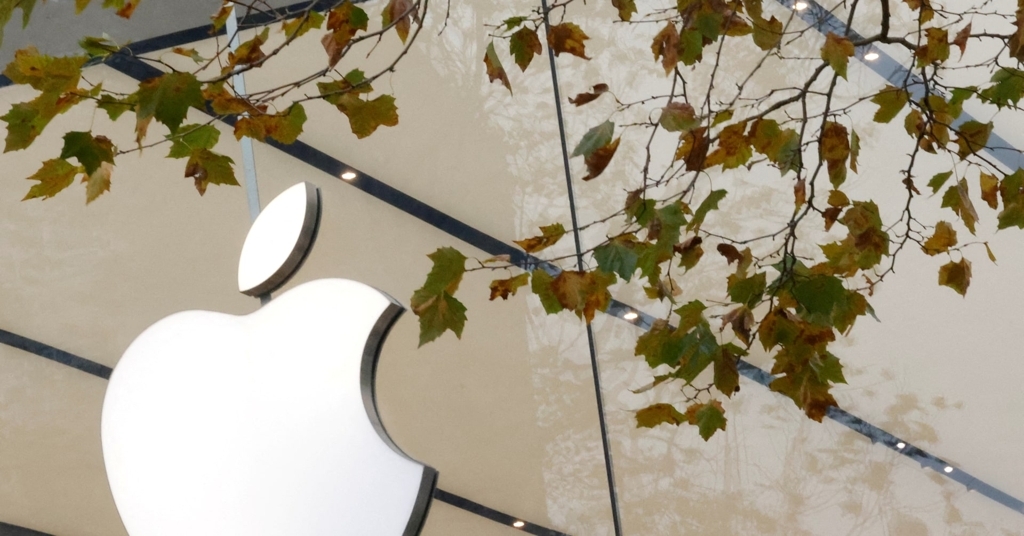Wimbledon Transforms with Electronic Line Calling and New Finals Schedule
Wimbledon embraces innovation by replacing line judges with electronic calling, enhancing accuracy while revitalizing the fan experience during finals weekend.

Key Points
- Wimbledon
will implement electronic line calling in 2025, replacing human line judges for enhanced accuracy and efficiency.
- The finals schedule will shift to 4 p.m. local time for both singles finals, aiming to improve the viewing experience for a global audience.
- The decision reflects a balance between tradition and innovation, ensuring Wimbledon remains relevant in modern tennis.
The Wimbledon Championships, a cornerstone of tennis history, is set to undertake a significant transformation in 2025 that marks a pivotal moment in the realm of sports officiating. As tradition meets innovation, the
has announced that it will be phasing out human line judges in favor of an automated electronic line-calling system (ELC). This change, a first in 147 years, demonstrates a commitment to enhancing the accuracy and efficiency of officiating while also shaping the future of tennis.

Shifting from Tradition to Innovation
The transition to ELC reflects a broader trend in tennis and a growing acceptance of technology in sports. With the implementation of Hawk-Eye technology, which has been in use since 2006, players and officials have already witnessed the benefits of precise line calling. Traditionally, up to 300 line judges were stationed around the courts to call out balls, carefully monitoring every point. However, with the increasing accuracy of electronic systems, the necessity for human oversight is being reconsidered. Wimbledon’s decision reflects not only the advancement of technology but also an understanding of its potential to enhance the player experience.

Improving Accuracy and Efficiency
The ELC system operates using multiple high-speed cameras that track the ball's trajectory in real-time. With a response time of less than one-tenth of a second, the technology can accurately determine whether a shot is in or out without delay. This remarkable speed and precision are essential for maintaining the fairness and integrity of such a high-stakes tournament. Furthermore, it reduces ambiguities that often arise during close calls and will likely lead to a reduction in on-court disputes among players.
Players have welcomed this change, as many have already competed under similar systems at other tournaments. Sally Bolton, chief executive of the All England Club, emphasized this sentiment by stating, “For the players, it will offer them the same conditions they have played under at a number of other events on tour”. This seamless alignment with other prominent tournaments like the Australian and US Opens further supports the move towards a unified approach in tennis officiating.
Transforming Finals Weekend
In addition to the technological overhaul, Wimbledon is also revamping its finals weekend schedule. Starting in 2025, the women's singles final will begin at 4 p.m. local time on Saturday, rather than the traditional 2 p.m. start. Similarly, the men's singles final will also commence at 4 p.m. on Sunday. The new timing not only aims to elevate the overall atmosphere of the finals but also ensures that audiences around the world can engage with the championship moments. This strategic shift caters to international viewers, allowing them to experience the thrill of the finals at more convenient times.

Balancing Tradition with Innovation
The decision to part ways with human line judges is bittersweet for many traditionalists who cherish the long-standing practices associated with Wimbledon. Bolton acknowledges this sentiment, stating, “We take our responsibility to balance tradition and innovation at Wimbledon very seriously”. The transition may cause some nostalgia, but it is a necessary step forward in the pursuit of excellence and efficiency in the sport.
As Wimbledon looks to the future, it is setting a powerful precedent for other major sporting events. By harnessing cutting-edge technology and refining its practices, the tournament is affirming its commitment to enhancing the experience for players and fans alike.
In summary, Wimbledon’s move towards electronic line calling and the new finals schedule is indicative of an evolving landscape in professional tennis. These changes not only reflect the ongoing technological revolution in sports but also aim to improve accuracy, efficiency, and viewer experience on a global scale. As the tournament prepares for this bold step, it continues to honor its rich heritage while embracing progress and innovation.


